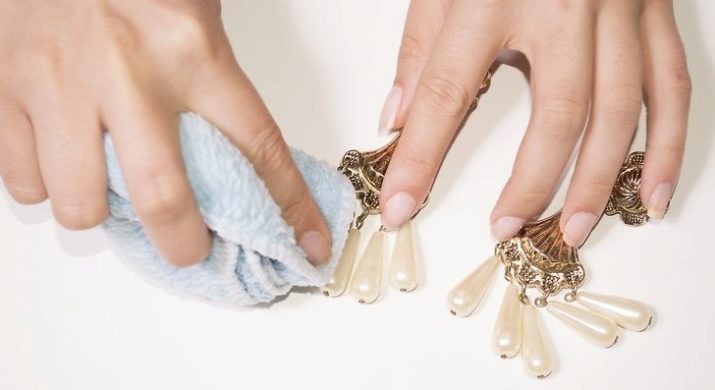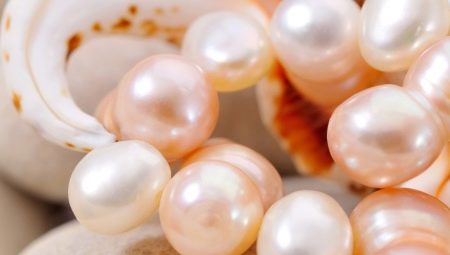Pearls are one of the most beautiful minerals of animal origin. The gift of the sea, which has been mined and used since ancient times. At all times, pearls were considered the personification of purity and beauty. And jewelry made using pearls makes the image feminine and delicate.

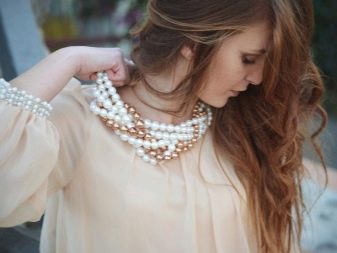
In the 13th century, technologies appeared in China that made it easier to produce precious stones. Initially, it consisted of sharing clay balls, bone fragments, and even miniature Buddha figures for a clam. But such a method gave small and uneven pearls. Nevertheless, until the XVII century, China remained the only country cultivating pearls. In the same century, Japan began to grow the mineral according to Chinese technology.
Due to differences in the source material, the pearls were quite large and even. Later, in the 20th century, pearl cultivation technology took shape completely.
It is interesting that in Russia there were also attempts to cultivate the mineral. They were undertaken by the Engineer C. Khmelevsky. He developed a technology for growing lightweight hollow pearls.
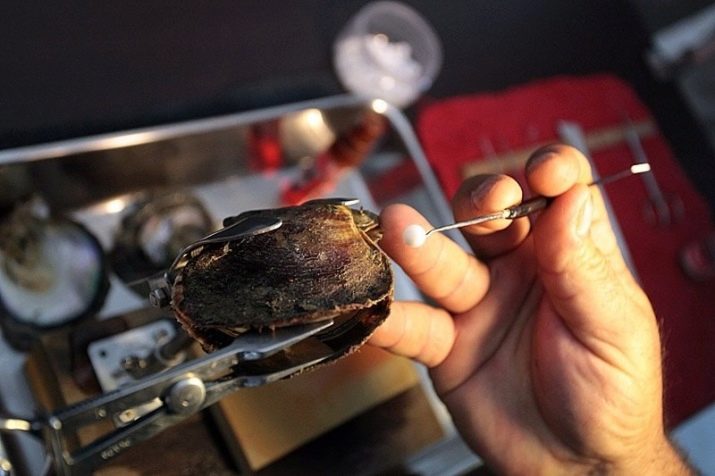
What it is?
Let us examine in more detail what cultured pearls are. The cultivation process itself involves the creation of the necessary conditions for shells and the artificial stimulation of the mollusk. To obtain certain types of gemstone, specialists resort to tricks such as staining the finished product, as well as fixing the irritant in the sink in a special way to get the pearl of the desired shape.

The first patent for the cultivation of this precious material was granted in 1869 to the Japanese researcher K. Mikimoto.But mass production began only in the XX century.
What is the difference from natural?
Currently, the extraction of real pearls is not conducted. In the last century, the activity of its extraction was prohibited under the program of conservation of the mollusk population (since the mollusk dies when the shell is opened for inspection).
There are only two differences between pearls of "spontaneous" origin and education grown on a farm.
- With targeted pearl production, the process of getting the “foreign body” into the sink is controlled by a person. In nature, this process is random.
- Pearls grown under the supervision of a person have the right shape and flat surface. Of course, if these qualities are not a feature of a particular type of mineral.
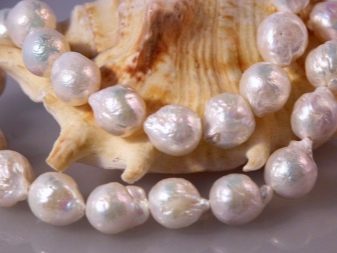
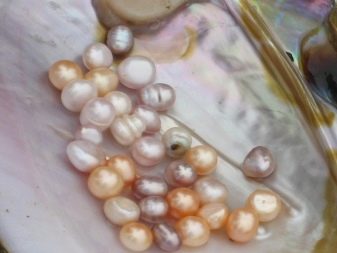
And also there are some chemical and physical differences between the two types of gemstones.
- A stone grown on a farm, when worn, acquires a temperature close to the temperature of the human body. But absolutely natural stone will remain cold.
- Cultured pearls have a higher density than that obtained in the sea.
- The cut of the sea pearl has a shell-like appearance, and the cut of the cultured gemstone will depend on the nature of the core.

The value of pearls has always attracted the attention of scammers. And with the spread of cultured beads, they began to be faked. But there are a number of signs that will reveal a fake.
- In real stones, the surface is never perfectly smooth and even.
- Elasticity indicator: if a fake is dropped from a small height onto a hard surface, then it will simply roll, while the original will “jump”.
- On the Mohs scale, pearls have a density of 3-4 points. This means that it is not easy to scratch it. If this happens, then the scratches go into the pearl layer. If you scratch a fake, only the top coat of paint will be damaged.
- Natural pearls are very difficult to color. The technology, which involves dyeing beads, is based on the principle of dyeing all layers of nacre. When exposed to such a bead, the color will not change. But the fake will change its color.
Of course, these are superficial signs. Only a professional can distinguish a quality fake from the original.
See how to distinguish natural from synthetic pearls in the next video.
How is cultivation carried out?
The pearl formation process is a mollusk reaction to an external stimulus that is located between the mantle and the shell leaf or directly in the mantle (fold of the wall of the mollusk body).
The outer layers of the shell are formed from minerals that the outer part of the mantle releases. She also produces mother of pearl, which covers the inside of the shell. This feature is also used in the formation of pearls.
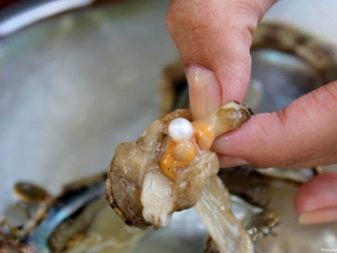
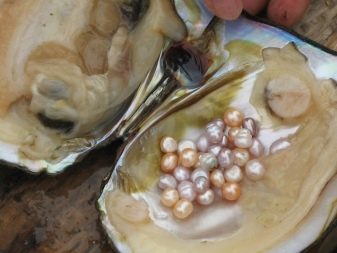
If the stimulus is completely immersed in the mantle, a so-called pearl sac is formed, in which the mollusk gradually envelops the irritant. So spherical beads are obtained. If the stimulus does not sink into the mantle, but is fixed on the inner layer of nacre, then the mollusk begins to process only the part accessible to it.
There are several technologies for introducing a stimulus into a sink without damaging the mollusk.
- Linnaeus Technology. He made a small hole in the sink through which he placed a small limestone ball. He did this with the help of silver wire.
- Another option involves creating a thin gap between the shell flaps. This is done using special forceps.
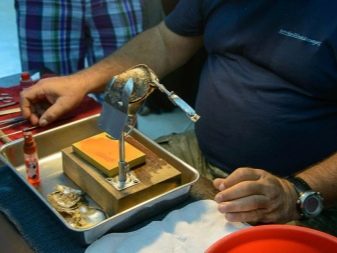
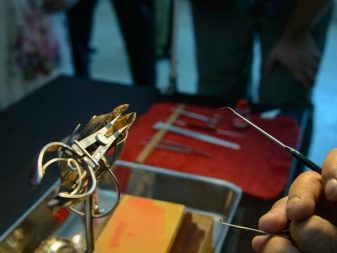
Theoretically, all types of mollusks with a mother-of-pearl shell can produce pearls. But most species of bivalve mollusks and some species of gastropod mollusks are of particular value.
You can classify pearl production:
- on technology;
- by the composition of water.
Nuclear-free and nuclear technologies are distinguished.
Nuclear free
With this technology, a piece of pearl or the outer shell of the shell itself is used as an irritant. In this case, the bead is obtained completely of organic origin. Most breeders adhere to this technology.
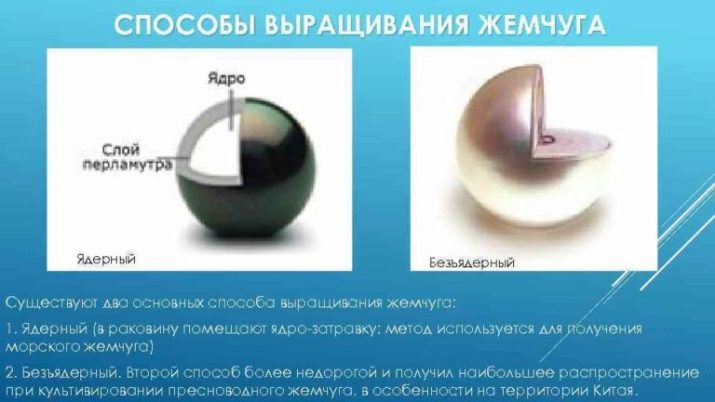
Nuclear
According to this technology, a small ball is used as an irritant. Based on the fact that such jewelry is not entirely of natural origin, their price is much lower.
The composition of water emit freshwater and marine.
Each of these methods has its own advantages. Shellfish that live in seawater can produce only one bead in a few years, while most freshwater can create several beads.
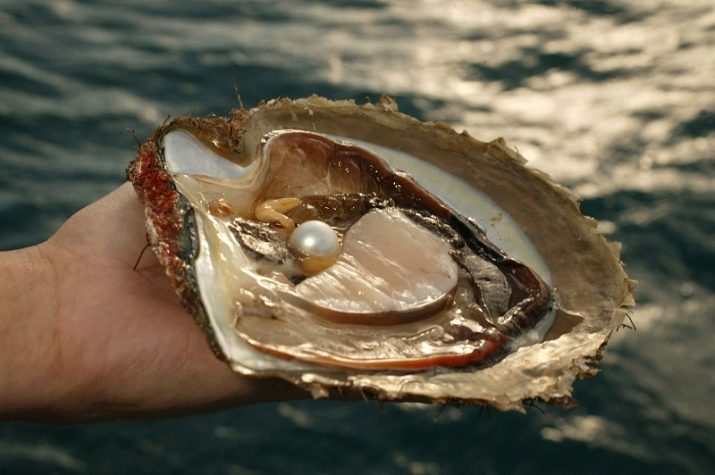
There is a difference in the size of the beads: due to the fact that there is only one irritant in sea mussels, their pearls are much larger than those produced by freshwater mussels. Jewelry of marine origin can reach 20 mm, while the average value for jewelry obtained by the freshwater route is 5-12 mm.
And there are also differences in the shades of colors and the ability to reflect light: sea pearls have a matte sheen, and freshwater ones have an iridescent one.
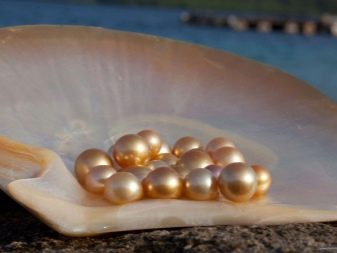
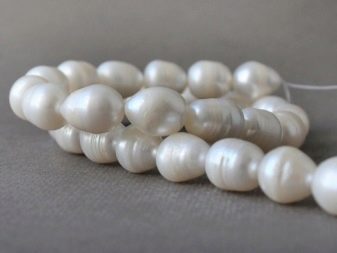
Despite the fact that growing pearls at home is painstaking work, in Japan this hobby has gained popularity. They even sell special kits with akoya oysters, a special aquarium and food. For home breeding, it is recommended to take mussels that are unpretentious in care. Pearls such as Kasumi and Mabe are very common for breeding. They owe their popularity to a relatively quick result.
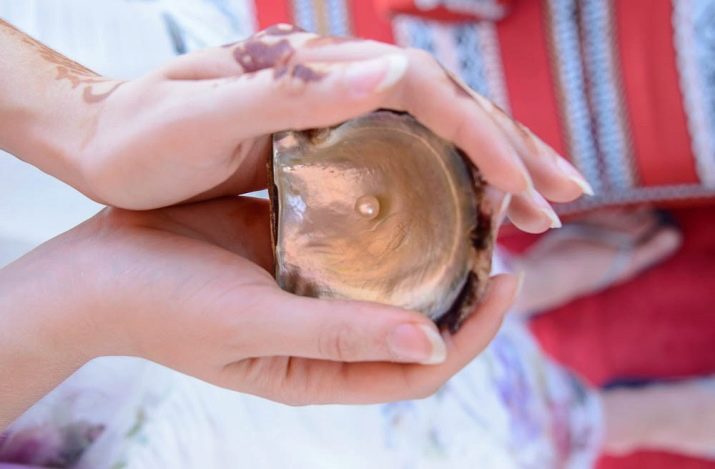
To choose the type of oysters for breeding, you need to familiarize yourself with several indicators:
- how much space is needed for one oyster;
- what are the acceptable indicators of impurities in water;
- when and how to feed the mollusk;
- at what age can a stimulus be introduced;
- how much time a pearl forms.
Considering the percentage of death of mollusks after the irritant has been reposted and the low probability of the formation of even one pearl, at least two or three dozen oysters will need to be purchased to get at least. To place them, you need an aquarium of 100-150 liters. In order for the mollusk not to die, it will be necessary to regularly measure the temperature of water, the amounts of salt and impurities.
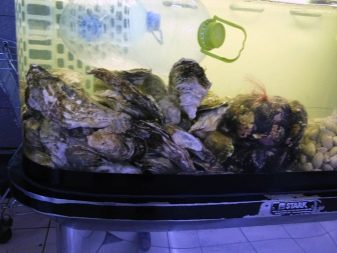
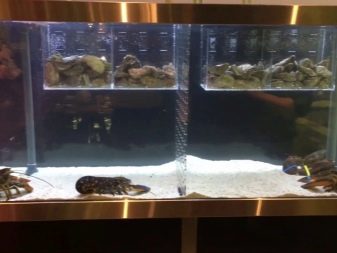
Acceptable indicators of impurities in water depend on the species of mollusks (river or sea). Depending on where, under what conditions and at what age oysters are grown, impurities are removed or added to the water. For advice on this issue, you should contact a specialist biologist.
Shellfish feed on organic sediments, algae, and small organisms. On farms that break down in open water, there is a whole technology for the balanced feeding of mollusks. If at home cultivation it is possible to place an oyster in a sea lagoon of natural origin, then this will greatly facilitate the process of feeding the mollusk. Home breeding feed can be purchased at specialized farms.
The introduction of a stimulus is also an individual indicator. The mollusk's readiness for a foreign body is determined by its age, the species to which it belongs, and the conditions of detention.
The main danger is that an insufficiently mature mollusk can not cope with the violation of its habitat and die.
There is no specific time period when the pearls will be formed. Different types of mollusks require a different amount of time. The fastest time to form a jewel is 2-3 years. The longest form of black pearl is formed - 9 years. A small pearl of home origin will form from 1.5 to 4 years.
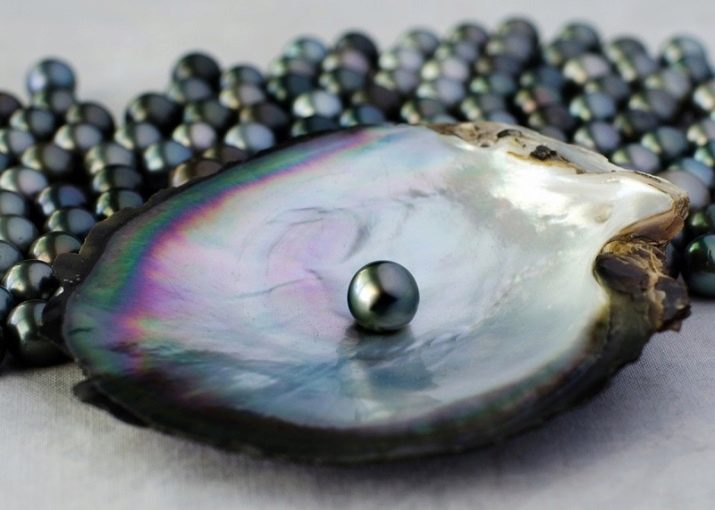
There are several features that affect the results of farmers:
- the death of the mollusk causes a sharp drop in temperature;
- when the irritant is planted, 10-40% of all mollusks die;
- the younger the mussel, the more active the formation of a pearlescent layer will occur;
- There are three main indicators that regulate the conditions of mussels: water temperature, its chemical composition and acidity.

Water contamination and pollution, the appearance there of organic substances hostile to mussels or any other change in the chemical composition of water can cause an epidemic among mollusks.
Kinds
The final jewel is classified according to two parameters:
- in form;
- by grade.
The form distinguishes several varieties.
- Fig. An elongated jewel with a smooth, even surface. The central part is quite wide, and toward the ends the shape gradually narrows.
- Sphere Pearls that look like a perfectly flat sphere.
- Hemisphere. The jewelry of this variety looks like a slightly flattened sphere above and below. The same type of pearl, the production of which was obtained by the Japanese researcher K. Mikimoto (a variety of Mabe).
- Baroque. Pearls having a spherical shape, but due to various asymmetrical protrusions, are not classified as either a sphere or a hemisphere.
- Semi-baroque. Jewelry also has a spherical shape. A distinctive feature is the protrusions in the form of stripes.
- A tear. A pearl in the form of a drop or a tear. They are considered the rarest. They are often inlaid in tiaras and earrings.
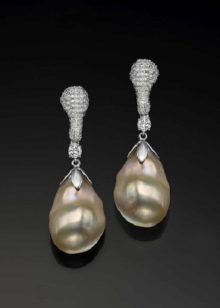
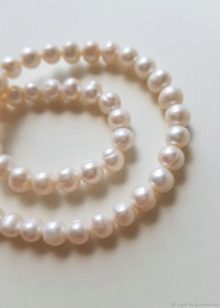
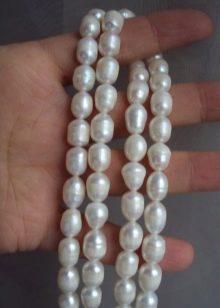
The thickness of the pearl layer depends on the type of mollusk and the period during which it processed the stimulus.
What kind of jewel will take depends primarily on the type of pearl mussel used.
In the world there are more than 25 types of cultured pearls. Each plantation seeks to develop an unknown, exclusive variety. The most common varieties include several species.
- Perhaps the most famous variety is akoya (akoya). The name of this species comes from the name of the mollusk. It is produced on several islands in Japan, Vietnam and China. Despite the fact that three countries produce this type of pearl, only pearls grown in Japan are considered classics. Pearls are distinguished by their perfect shape and bright shine. The diameter of the standard bead is 10 mm. Their colors range from white, gold, cream to light green and light lavender.
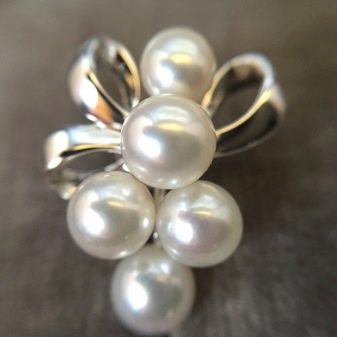
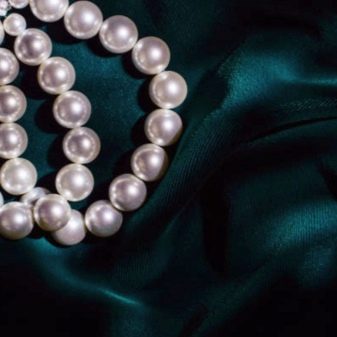
- Souffle. The species received this name for its resemblance to the French dessert of the same name. In the manufacture of jewelry, a special material is used as a core that absorbs water. Externally, jewelry of this kind is very similar to raisins. Their colors range from pink to purple.
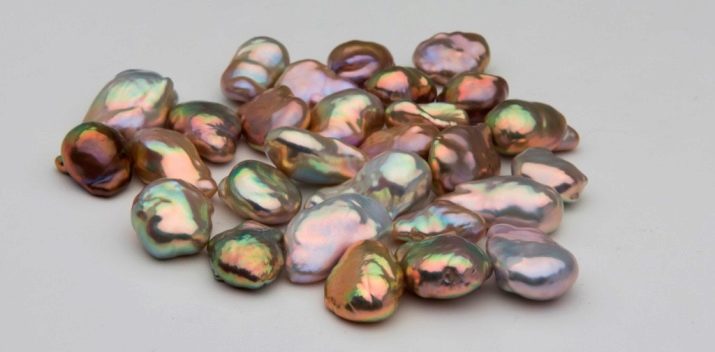
- Pink pearls conk. These are extremely rare and expensive jewelry. Their price is due to the fact that a bead cannot be obtained without killing the mollusk. This makes the cultivation process unprofitable, and their extraction is naturally prohibited. They look like small bright pink beads of irregular shape.
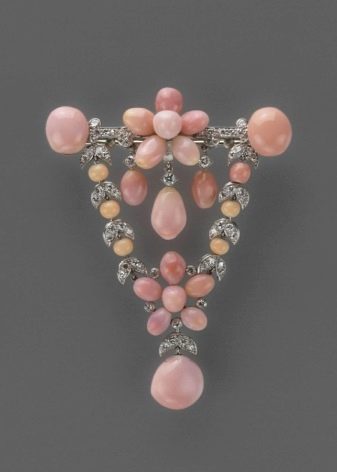
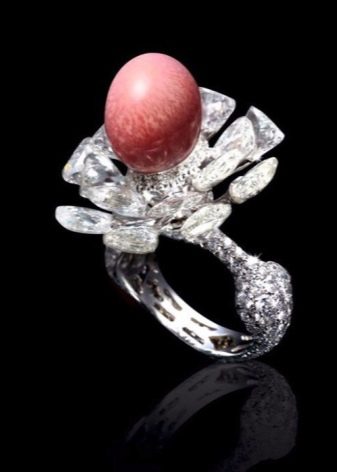
- Black Pearl. It is obtained on the island of Tahiti and the Philippine Islands. In its production, the largest bivalve mussels in the world are used. Usually beads have some kind of shade.
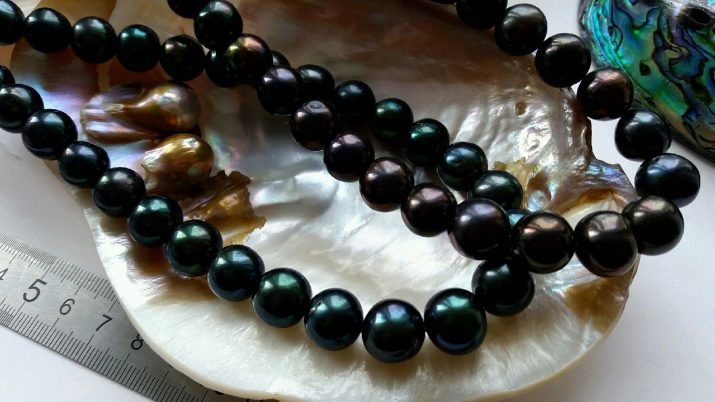
- Types of pearls of the Southern Seas. Under this name, the territories of Oceania, Australia, the islands of the Indian Ocean are combined. Pearls can be of several varieties.
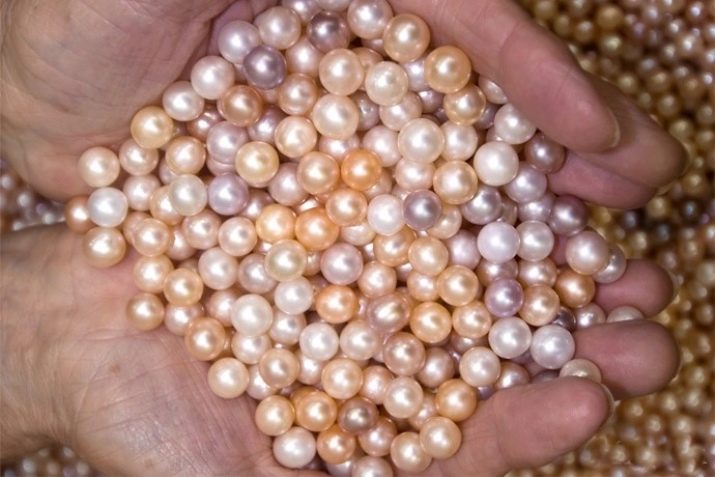
- Edison. It is produced in Japan and the United States. This is a freshwater river pearl, which is characterized by large size, flat surface, perfect spherical shape and bright color. In its indicators, it is no different from the sea.
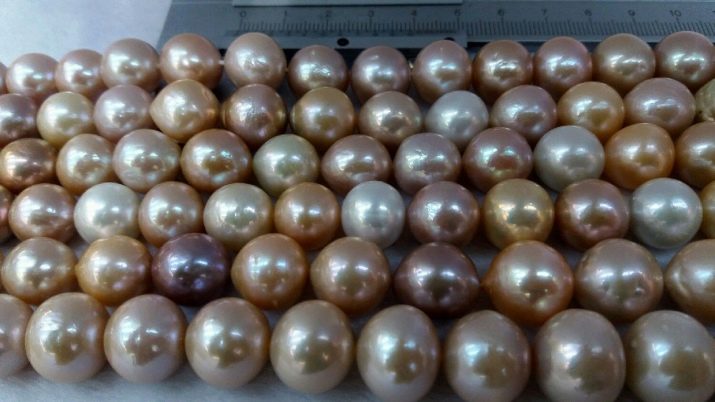
- Mabe. Beads of this type have a hemispherical shape, which is why they are very popular among jewelers. It is mined in Japan and Southeast Asia.


- Biwa. Beads of this type have an oblong shape. In length, they reach 3-4 cm.This is a freshwater type of pearl, which began to be cultivated in Japan on the lake of the same name. Later, its production was mastered in China and Mexico.

- Kasumi Like. Another species that has gained distribution in Japan. This is a freshwater species, having the shape of an irregular sphere, with delicate shades. Due to the fact that the total production of pearls is low, it is one of the most expensive.
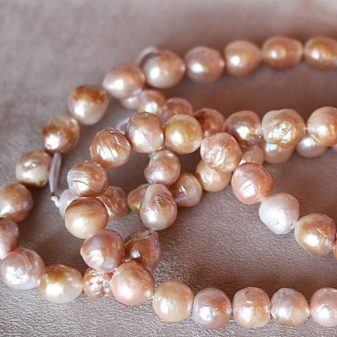
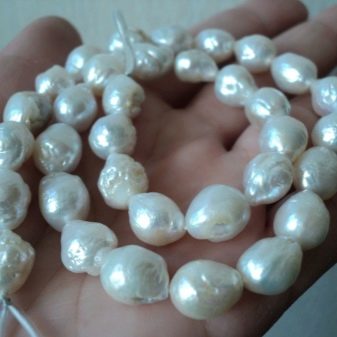
Treatment
Processing is necessary in order to give the pearl a presentable appearance before selling. It involves a number of effects on the material.
- Whitening. The procedure is used to give the beads a uniform color or adjust the color in the direction of lighter tones.
- Dyeing. This technology allows you to "reach" the color of the jewelry to the desired shade. It is considered harmless to the structure of the pearl.
- Filing or grinding. It is used when there is a need to make the surface of the jewelry smooth. Previously, grinding was carried out using diamond. Now they use white coral powder or alabaster. Increasingly, direct intervention is being replaced by chemical treatment.
- Irradiation - The procedure for staining the core of the pearl. This is done with silver nitrate and ultraviolet radiation.
- Polishing. It is used in cases where the pearl dims. Most often, this occurs with direct interaction with the human body or from improper use.
Interfering with the structure of a pearl cannot predict the consequences. The result will depend on the conditions under which a particular jewel was grown.
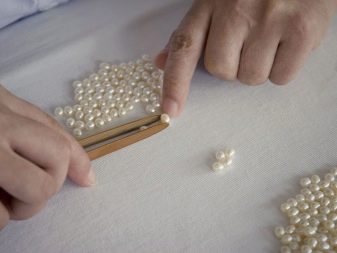
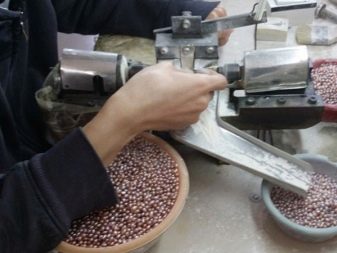
Care Tips
Like any other jewelry, pearls require a separate attitude and good care. The product will retain its original appearance longer if you follow several rules.
- Do not use the cream before putting on the jewelry. When interacting with chemicals, the outer layer of the pearl may be damaged and it will lose its luster and brightness.
- Before returning the jewel after wearing it, it is necessary to wipe it with a dry soft cloth.
- For storage, wrap the pearls in a soft cloth.
- The storage room should not be too dry.
